Honkai Star Rail is the newest entry to the HoYoVerse, MiHoYo’s blockbuster series of free-to-play gacha games. With a new gacha game catching the interest of those who like a good RPG mixed with the thrill of low-stakes gambling, the usual questions arise. Questions like “what are the actual drop rates,” “how long does it take you to get a rare character,” and “what is that soft/hard pity system, anyway?”
These questions are worth looking into, especially when games like Star Rail are pulling in millions of users and equally high revenue. After all, if something’s free, it’s worth looking into all the true costs.
What We Talk About When We Talk About Gacha
“Gacha” is a game genre, usually combined with other game genres (most prominently squad-battlers, though there have also been adventure games, spectacle battlers, and a number of others). It takes its name from “gachapon,” an onomatopoeic name for Japanese capsule vending machines full of collectable toys. In these games, you spend currency on what amount to digital lottery tickets that let you “pull,” or receive randomly generated prizes on “banners,” or specific sets of prizes usually generated for special events.
That’s the basic essence of the mechanic. Think of it as one of those “free to play” games that tries to charge you through the nose, but is more lenient and subtle about its attempts to get money out of you. Its pay gates are softer, and more permeable. It’s usually friendlier and has a higher quality of ads without weird murder grandmas.
Basic Mechanics – Gacha, Numbers, Reading Fine Print, and You
Those pay gates are still present in gacha, regardless of how soft they are. Eventually, every game needs to make money for server costs, paying employees, advertising, and the like.
To explain the pay gates, we first have to explain the underpinnings of the system. Here’s an example of a gacha banner:
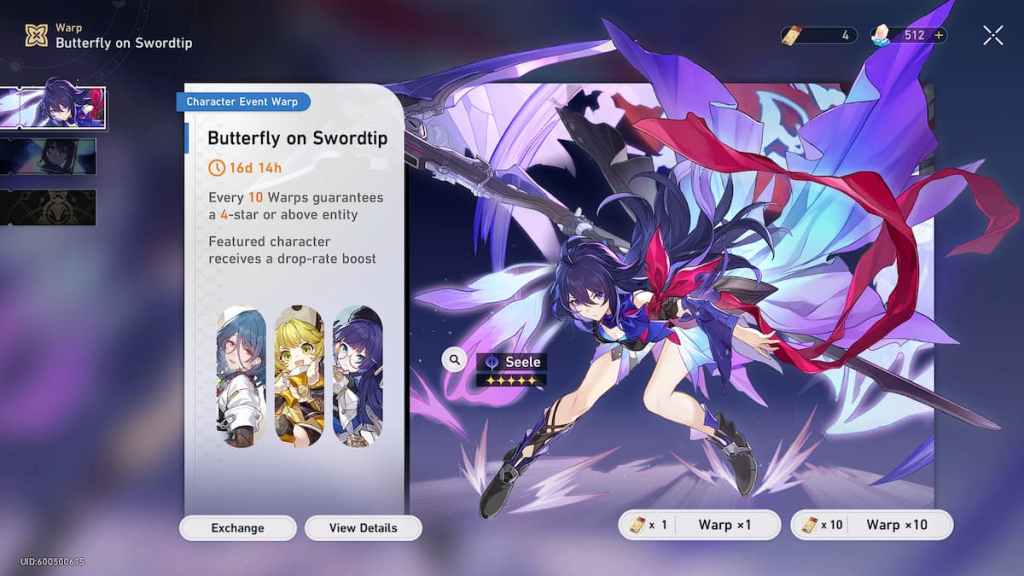
It does a lot to draw the eye, right? You have Seele in mid-dive, it shows you the other characters you can get, whose portraits all look suitably bright, and you even have an improved drop rate to get the main five-star character on the banner! Who wouldn’t want to pull, especially with HoYo comping you Star Rail Passes to keep you coming back to the gacha screen ten pulls at a time, right?
Time to look at the fine print a little.
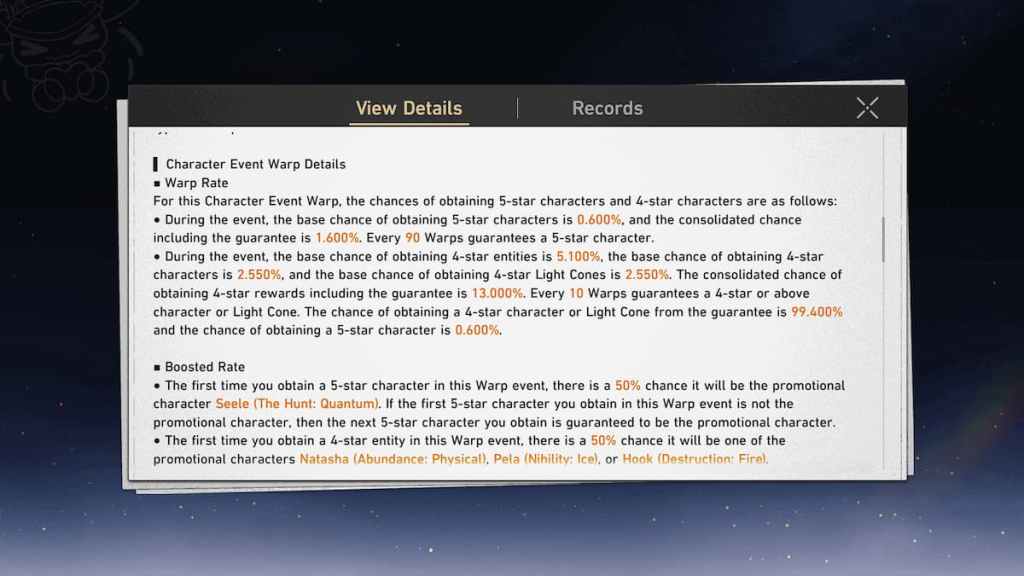
Not as interesting, I know, but still important. Think of it like the math homework someone had to do before playing more video games (Lord knows that’s how I’m thinking of it). That’s the drop rates for each character. Gacha games, like a number of gambling and gambling-adjacent activities, have to list odds. So that’s a regular chance of 0.6% and a consolidated chance of 1.6% based on total number of pulls you make between all banners. You also get a couple of guarantees we’ll go into a little later. Most of the time, what you’ll get is three-star equipment— Genshin Impact has weapons it loves to throw at you, and Star Rail has light cones, equippable memories that raise your companions’ stats.
What this means is that even with the boosted rate, you have less than two in a hundred pulls to get the character you want. More annoying, the game only guarantees a five-star entity if you don’t pull exclusively for the event banner, not necessarily a character. So you pull for a while, drop a few Passes on the standard banner, and finally see that gold window pull up…
…and promptly get served a five-star light cone for a character you don’t have. Congratulations, time to get pulling again. You also have a decent chance of getting a character you already have, meaning that you do all that work for a character upgrade and one of the game’s myriad currencies.
Those myriad currencies also include the premium currency, which you can turn into more Stellar Jade, which then turns into either more pulls or energy refills. So while you don’t have to spend money, money certainly makes things easier.
Pity Systems: Guarantees, Sorta
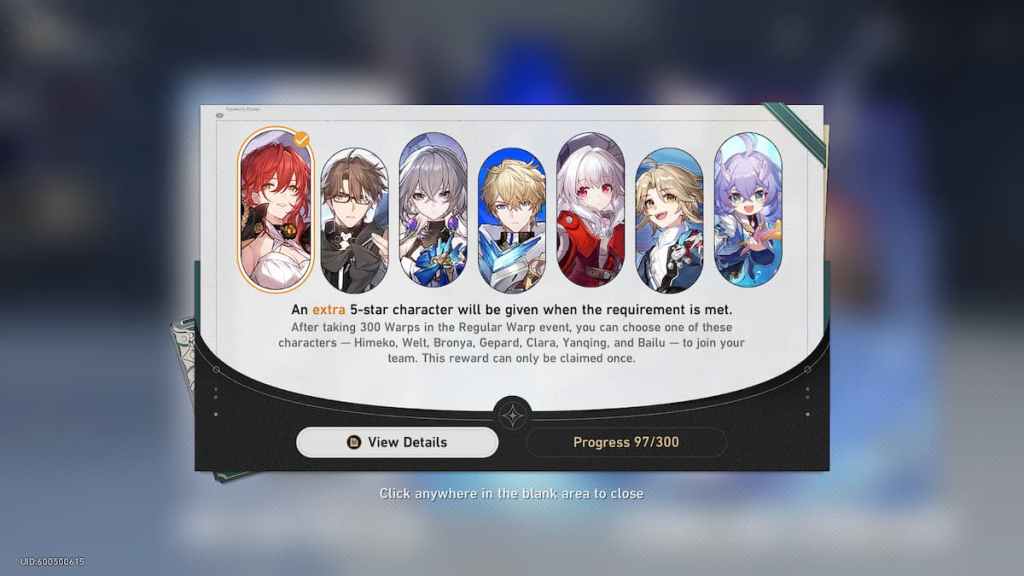
Now that we showed the miniscule odds, let’s talk about the guarantees the game offers. The first is the easiest— you get a guaranteed 4-star entity every time you make ten pulls. There’s not really a reason to do single pulls for this, as automatically getting a decent equippable or 4-star character is beyond worth it. You also practically trip overpasses in the early game, so provided you do a little grinding, you can pull pretty easily.
The more pulls you make on banners, the higher the chance of a five-star drop. Current wisdom (it’s indistinct) says that cumulatively, your drop rate for five-star prizes increases after your 75th pull on any of the two banners (or the light cone banner, but let’s be real— you pull on any banner and you will drown in light cones). You are guaranteed a five-star character after 90 pulls on the event banner, either one of the regular ones, or the special event character. There’s also a 50% chance that it’ll be an event character the first time and 100% after the second time.
So if you save up all your pulls specifically for the event banner (since the normal one leaves you in danger of the dreaded ultra-rare light cone), after roughly nine ten-pull sessions (14,400 Stellar Jade), you might get the event character. It might instead take you 28,800 stellar jade worth of pulls.
If you already have the event characters and pull on the normal banner, you’re still spending the resources (or money) for 90 pulls, it’s just instead of that shiny event character, you might get someone you’ve received before or a five-star equippable, causing pity to reset once again with significantly less to show for it.
Even with all the grinding the game entails, that’s a lot of resources you yeet into the void. Resources that could only be used on the void, sure, but it’s worth noting the size, since that translates into a lot of playing the game and hunting down every last chest, quest, event, and achievement you can.
Okay But Where Does The Money Enter Into It?

Well, if you want to skip the grinding, you can pay.
The most common way of paying is buying premium currency and battlepasses that unlock more materials, and more pulls in the gacha system. Honkai Star Rail‘s premium currency, for example, refills your various resources (and resource-refilling resources, MiHoYo tries to overload you as much as possible with the number of materials you have to keep track of, some of which end up doing very little).
This includes the all-important Stellar Jade used to refill energy and purchase Star Rail Passes for the gacha system, and the Oneiric Pouches, which are used to gain energy refills for side events and the like. In particular, you can exchange a single Oneiric Pouch (worth about a cent in America) for a single Stellar Jade. If you want to, say, go buck-wild and dump a grand (real money) into the gacha banners, you’re guaranteed a five-star character somewhere in there.
Gacha, like most chance-based businesses, makes most of its money on a kind of user called a “whale.” A whale is someone who would think nothing of dropping a grand for all the Stellar Jade necessary to get that character they want. It’s someone who’d buy the grinding bypasses and auto-refills rather than spending a lot of time grinding. Pushing people to continuously burn resources helps find these whales, as well as the people who just need a shortcut for whatever reason. Not everyone has the time to grind (or gets paid to play Star Rail), and with limited time to game, sometimes it’s easier to just convert ten bucks and spend a little less time hitting a Calyx over and over.
So What’s The Bad Part?
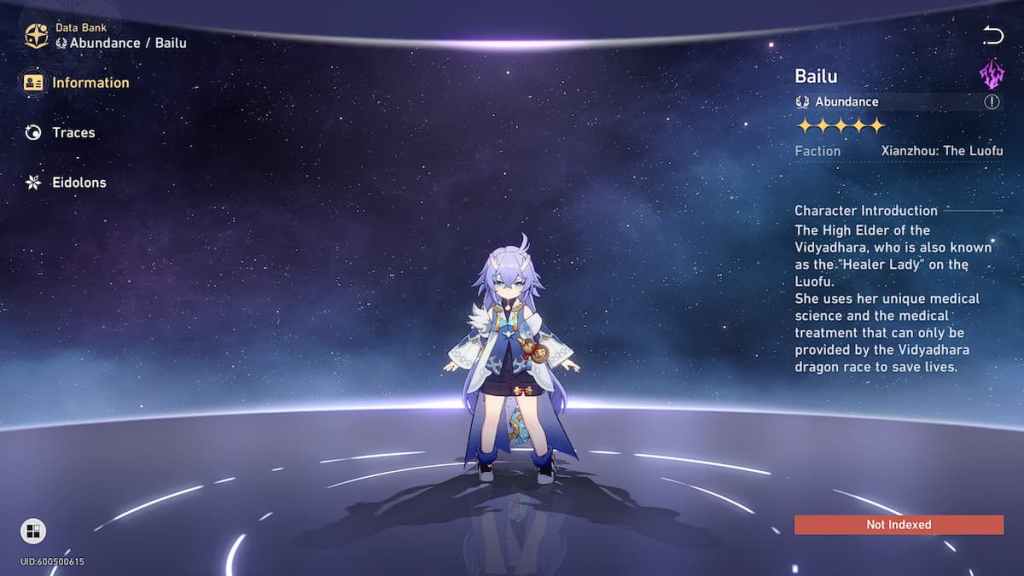
Well, it’s terribly capitalistic.
Okay, there’s more than that. In Star Rail, there are abilities that are absolutely essential for progression. The game is a JRPG, so at certain points (in particular the first boss fight in chapter 2), you need the ability to remove debuffs, heal, and sometimes revive downed heroes. Most of these things are character abilities for five-star heroes. While there are workarounds for some of it, overall it means you’re forced to push hard on the gacha system to progress through the game. Not even the side content, either— the first boss requiring you to heal debuffs is directly in the main story path.
The characters who come standard with the needed abilities are all five-star characters. There are some minor workarounds, but the characters who have these abilities from the word “go” are all locked behind the gacha system. You get a dedicated healer partway through the first chapter of main story, but as far as support units go, you either have to grind materials like there’s no tomorrow to unlock upper-tier support abilities, or you’re at the mercy of random chance.
Which is a problem when that random chance either requires 14,000 of a specific in-game currency, money, or a chance of less than two in one hundred.
In Conclusion and What We Can Learn
While this will change with post-launch content, at present it feels a little like being gated off from the game. Which, for a title this polished, is unacceptable. Read the fine print, keep track of your drop rates, and keep a calculator handy so you know how much Stellar Jade it all costs. It’ll make it all a little easier to take.


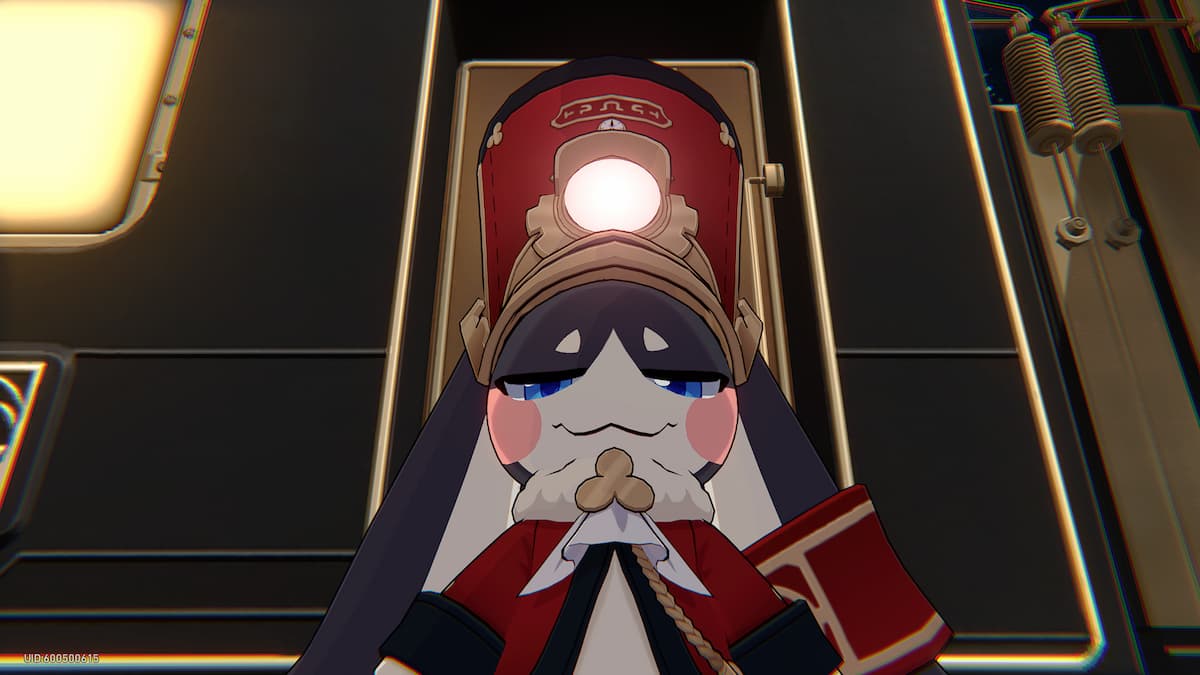
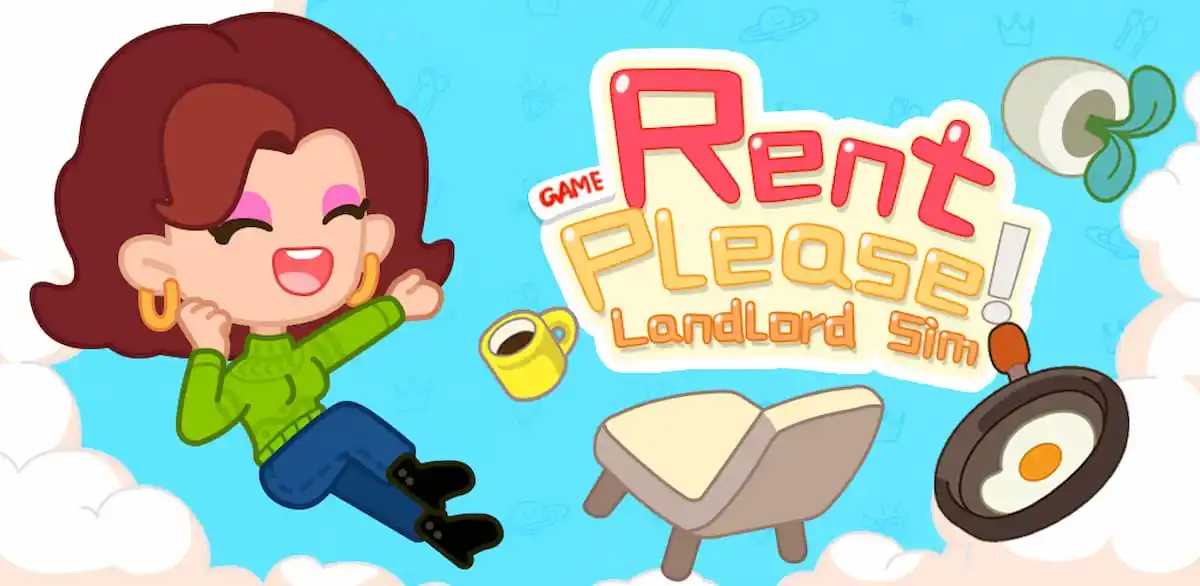
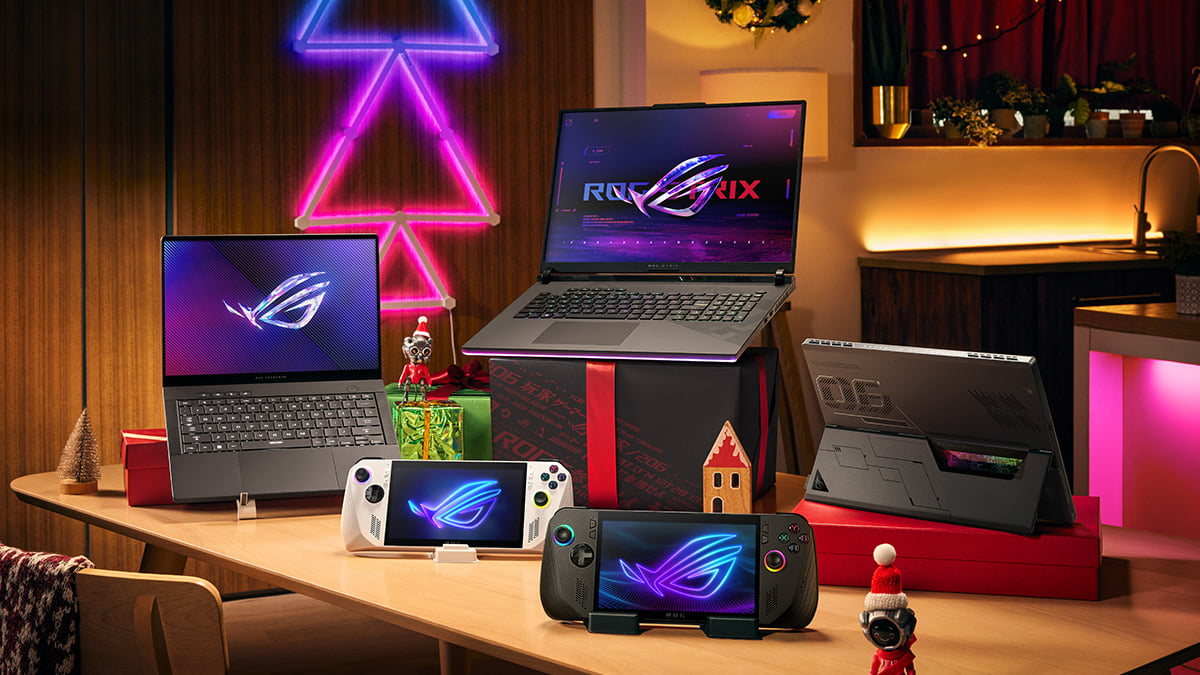
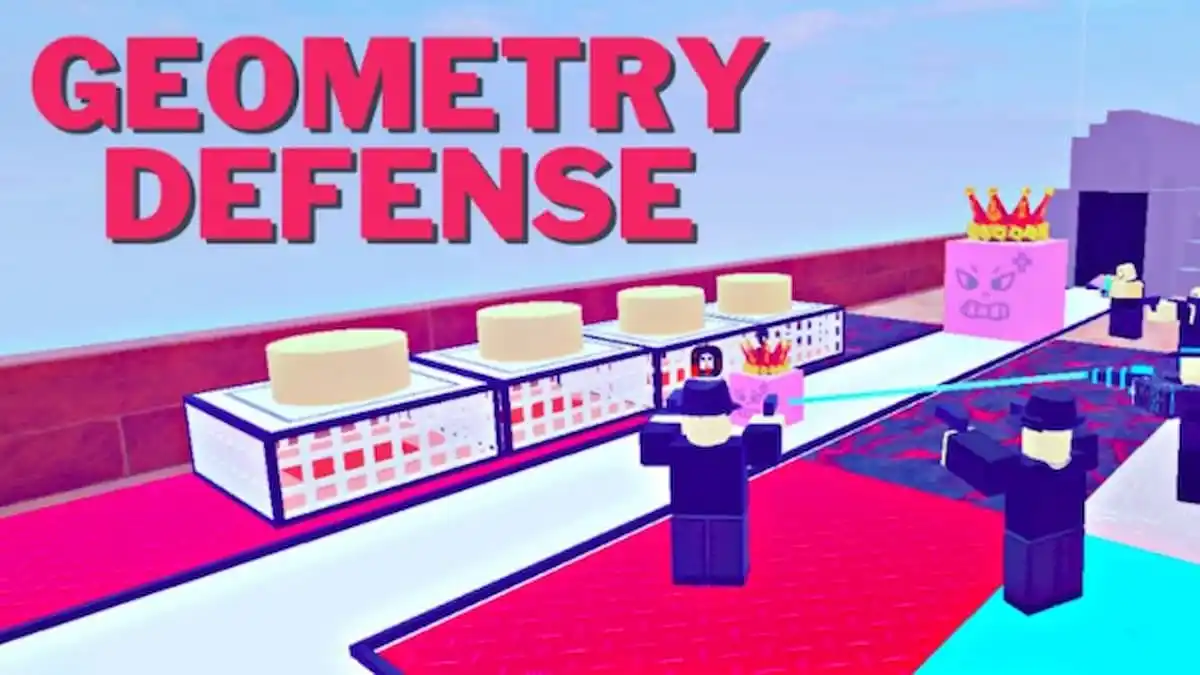
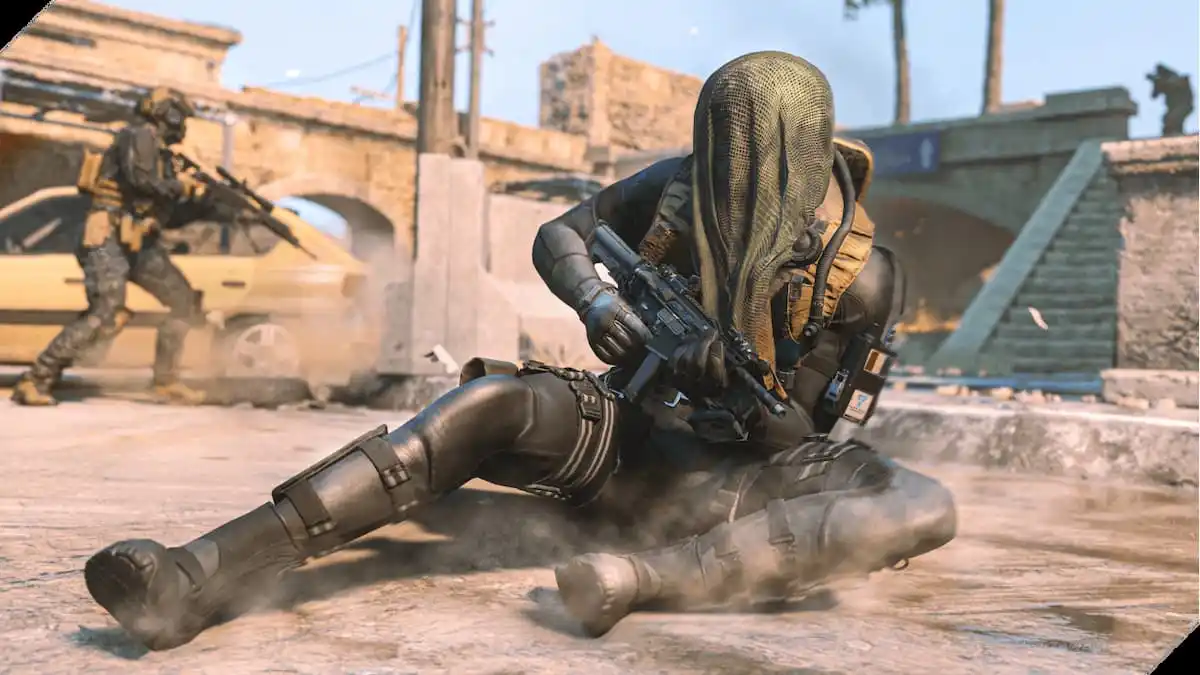
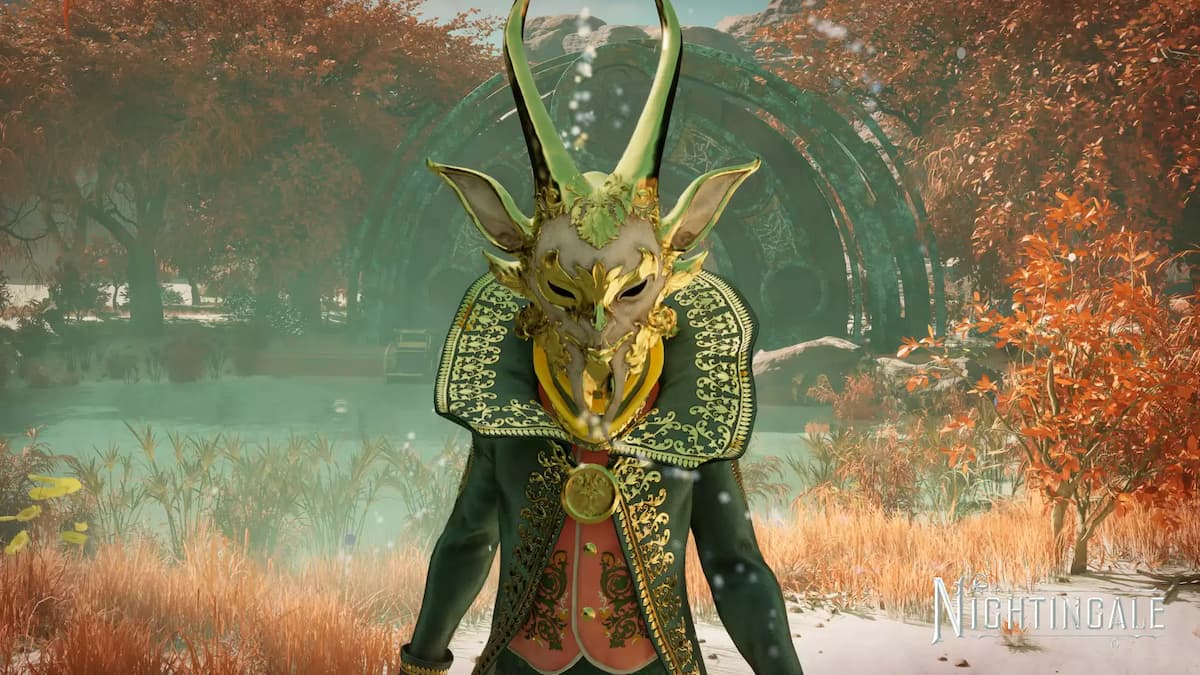

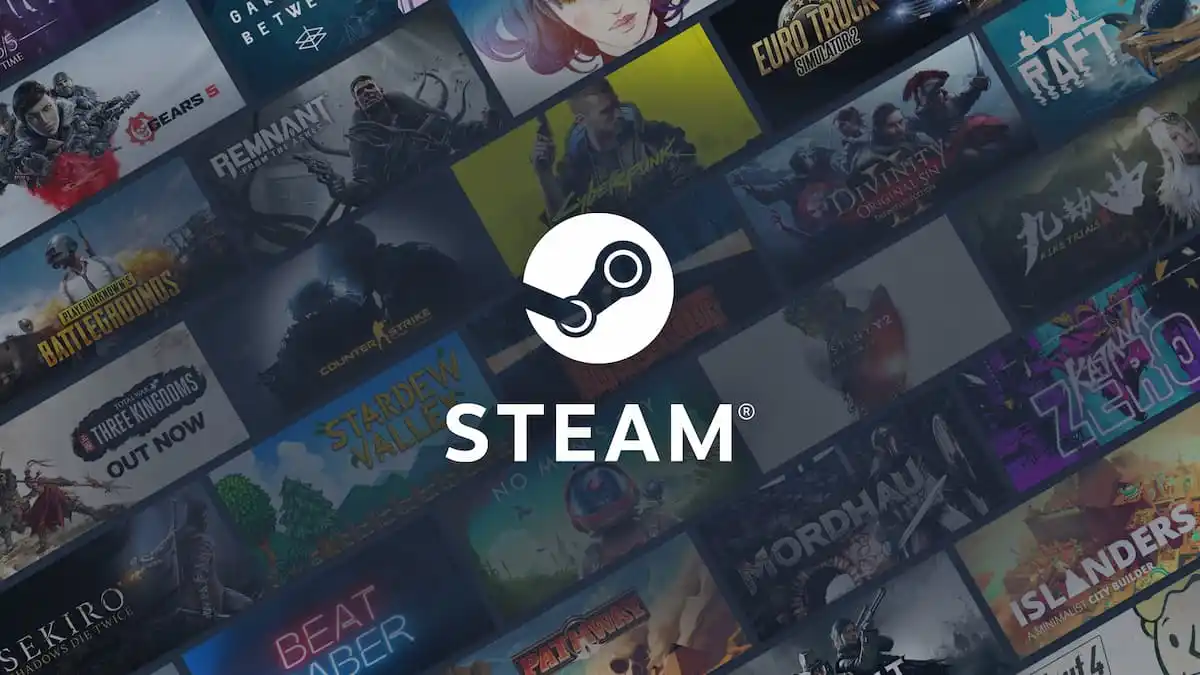

Published: May 2, 2023 10:32 am